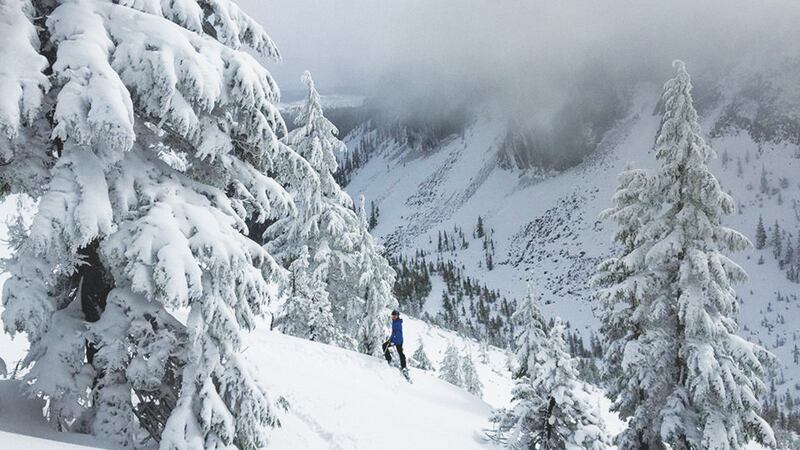On Friday, the White House released a massive federal assessment of the damages climate change is poised to unleash upon the U.S. economy.
The report contains a detailed litany of ways that a warming planet will change life in this country over the next 80 years. The release of the assessment on Black Friday seemed timed by the Trump Administration to reduce its impact—but reading such an expansive chronicle of devastation tends to be numbing anyway.
So let's look at one detail: Climate change is going to cripple Oregon's skiing season.
This isn't an entirely new finding: Much of what's in the federal assessment comes from a February 2018 report by a Colorado-based nonprofit called Protect Our Winters.
But the new assessment states bluntly what will happen if climate change continues unabated: People will stop visiting Oregon to ski.
"Popular winter sports and snow-based recreational activities, such as downhill skiing, cross-country skiing, and snowmobiling, have been dramatically impacted by reduced snowfall," the report says. "In low-snowfall years, Washington and Oregon show the highest percentage drop of skier visits, meaning that residents and visitors are losing desirable skiing opportunities."
Oregon sees its skiing tourism drop by 18 percent in low-snowfall years, while Washington sees its crowds shrink by 31 percent. Those are the two steepest drops in the U.S.
That's in part because Oregon and Washington have a large number of low-elevation ski areas, compared to Rocky Mountain destinations like Colorado and Wyoming.
The federal report singles out Oregon's Hoodoo Ski Area, in the Central Cascades west of Bend, as a place especially at risk. "Hoodoo… had its shortest season in 77 years of operations [in 2015] after closing for the season in mid-January," the assessment says.
Related: A professor studying climate change says not to panic just yet.
The climate reports—both the federal assessment and its source material—suggest that the winter of 2015, when Oregon saw little snowfall and a puny snowpack, serves as a vision of Christmas future.
It's not a white Christmas.
"By the 2080s, the Cascades would lose up to 81 percent of April 1 [snowpack] storage—or up to 11.3 cubic miles (47.3 cubic kilometers), 2.5 times the volume of Oregon's Crater Lake," says the Protect Our Winters report. That's because the average winter temperature in the Southern Cascades will have risen 7.2 degrees by then.
WW will take a closer look at the federal climate report in this Wednesday's edition.
